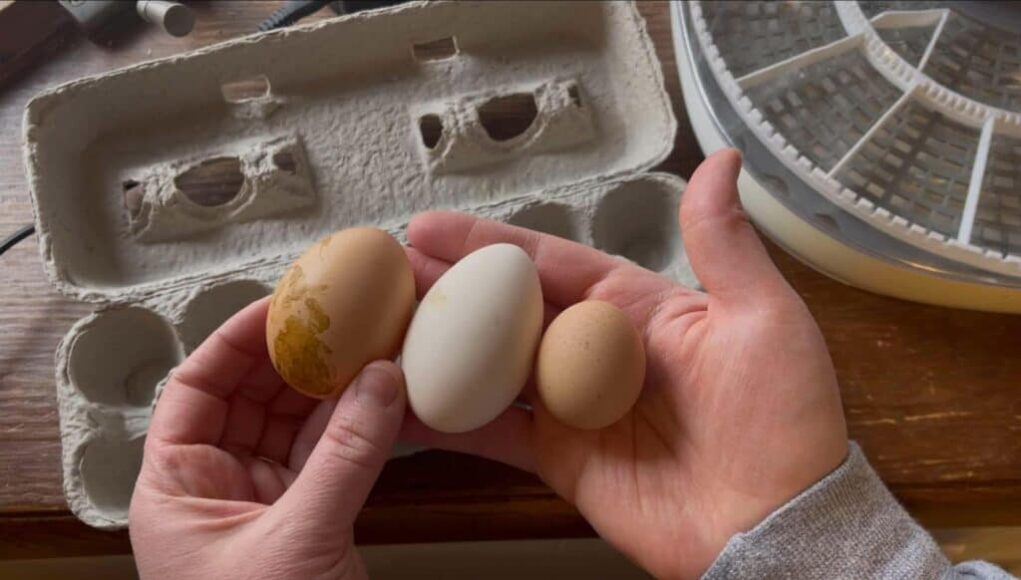For many chicken enthusiasts, mastering the art of egg incubation can be a game-changer. The key to a successful hatch often lies in managing the humidity levels within your incubator. If you’ve ever wondered how to optimize this process, you’re in the right place! In this guide, we’ll explore various humidity hacks to help you achieve the best results. Our focus will include understanding why humidity is crucial and how to maintain optimal levels throughout the incubation period.

Understanding the Role of Humidity in Egg Incubation
Humidity plays a critical role in the egg incubation process. It affects the rate of moisture loss from the egg, which is essential for the developing embryo. Too much or too little humidity can lead to poor hatching rates or even embryo death. Therefore, maintaining the right balance is crucial for a successful hatch.
Optimal Humidity Levels for Egg Incubation
Generally, the recommended humidity level for incubation is around 50-55% for the first 18 days. During the final days of incubation, or the ‘lockdown’ period, humidity should be increased to 65-70%. This increase helps the chicks break through the eggshell more easily.
How to Measure Humidity Accurately
Investing in a reliable hygrometer is vital for monitoring humidity levels accurately. Place the hygrometer at egg level to ensure you are getting the most accurate reading. Regularly calibrate your device to maintain its accuracy.
Practical Humidity Hacks for Better Results
Using Sponges to Control Humidity
One of the simplest humidity hacks is using sponges. Wet sponges can be placed inside the incubator to increase humidity levels. Adjust the size and number of sponges to fine-tune humidity as needed.
Water Trays for Humidity Management
Water trays are another effective way to manage humidity. By increasing the surface area of the water, you can increase evaporation and thus humidity. Keep an eye on water levels and refill as necessary.
Avoiding Common Humidity Mistakes
Many beginners make the mistake of ignoring humidity fluctuations. Regular monitoring and adjustments can prevent drastic changes that could harm the developing embryos. For more tips, check out our Chicken Incubator Troubleshooting Guide.
Advanced Techniques for Humidity Control
Automated Humidity Control Systems
Investing in an automated humidity control system can provide more precise management. These systems adjust humidity levels automatically, ensuring a stable environment for your eggs.
Using Salt Solutions for Calibration
If you’re using a hygrometer, it’s essential to calibrate it regularly. A simple salt solution can be used for this purpose. Creating a saturated salt solution in a small container can provide a controlled environment to check your hygrometer’s accuracy.
Preparing for the Lockdown Period
The final days of incubation, known as the ‘lockdown’ period, require special attention to humidity. Ensure all water reservoirs are filled, and consider adding extra water sources like wet sponges or paper towels to increase humidity.
Monitoring During Hatch Time
As the hatch time approaches, continue to monitor humidity closely. Opening the incubator too often can lead to humidity loss, so keep it closed as much as possible during this critical phase.
Common Questions About Humidity in Egg Incubation
What Happens if Humidity is Too High?
Excessive humidity can cause the chick to drown inside the egg. Ensure humidity is increased only during the final days of incubation.
What if Humidity is Too Low?
Low humidity can cause the egg to lose too much moisture, making it difficult for the chick to hatch. Regular monitoring and adjustments are key to avoiding this issue.
How Often Should I Check Humidity?
It’s recommended to check humidity levels daily. Regular checks will help you catch and correct any deviations quickly.

Conclusion: Mastering Egg Incubator Humidity
By understanding and applying these egg incubator humidity hacks, you’ll be well on your way to achieving successful hatches. Remember that consistency and attention to detail are crucial in this delicate process. For more insights on egg incubation, visit our Beginner’s Guide to Egg Incubation. With these tips and tricks, you’re sure to become a pro at egg incubation!
For further reading on how incubators work, visit this informative guide.
This article contains affiliate links. We may earn a commission at no extra cost to you.











